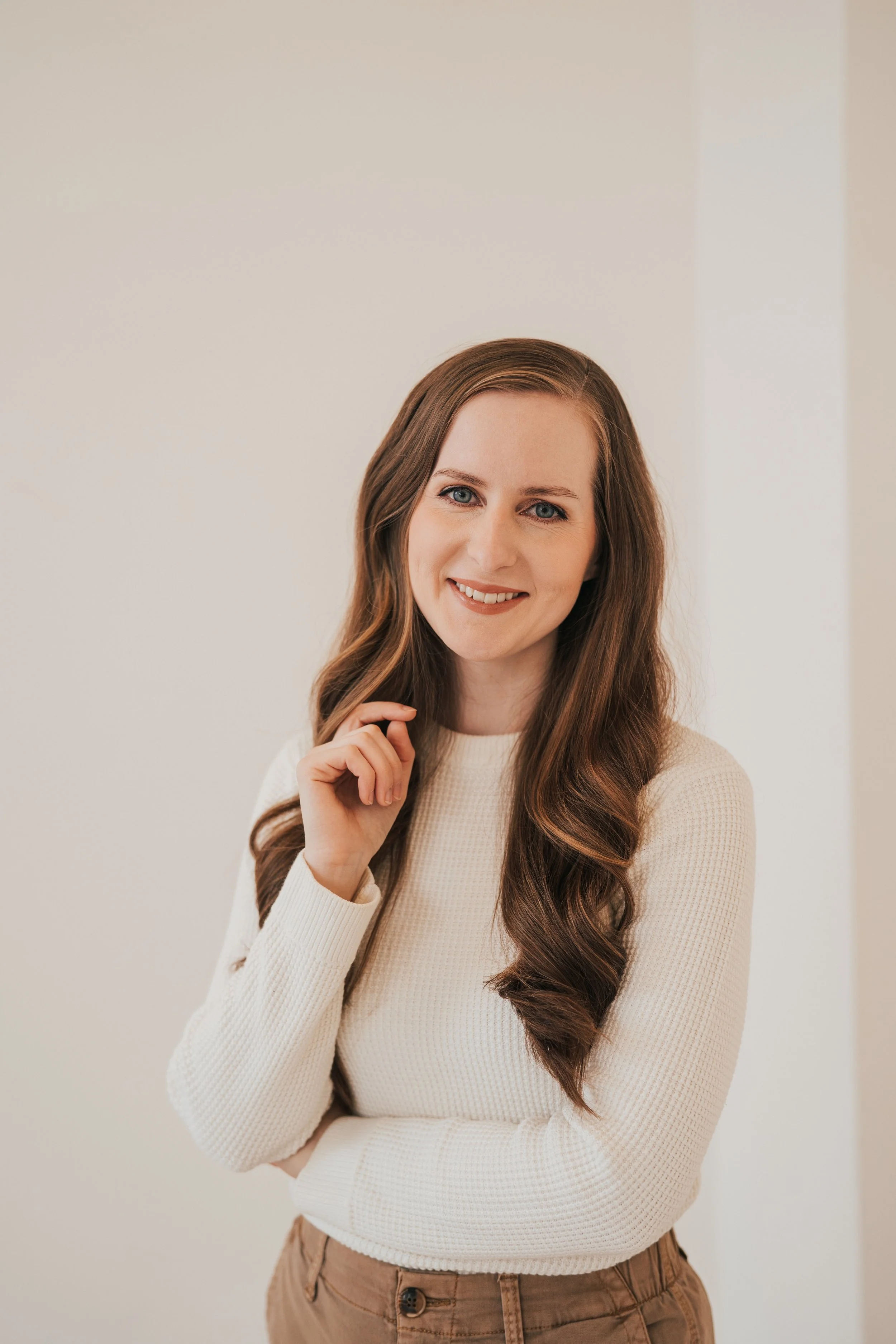How to Decide What YouTube Channel to Start
Deciding what kind of YouTube channel to start can feel like a huge decision — and it’s one that keeps a lot of people stuck in the “thinking about it” phase for way too long.
If you’ve been going back and forth between a dozen different ideas, unsure which one to choose (or if you should start at all), I’ve got good news: there’s more than one right way to make this decision.
In this post, I’ll walk you through four simple methods you can use to figure out the best channel idea for you — based on your goals, strengths, and personality.
Whether you're building a business, chasing a creative passion, or just trying to finally get some momentum, one of these approaches will help you move forward with clarity and confidence.
The Intersection Method: Where Passion Meets Possibility
If you’re someone who’s driven by passion and you want to create content that excites you (not just what “works”), the Intersection Method is for you.
Here’s how it works:
You’ll start by drawing a simple 3-part Venn diagram:
Passions – What do you love talking about?
Skills – What are you good at or knowledgeable about?
Popularity – Which of your ideas are trending or in-demand?
The magic happens in the middle, where all three circles overlap.
That’s your sweet spot.
But here’s the catch: you don’t need to be an expert in something to start a channel about it. If you're brand new to a topic, you can absolutely position yourself as a student — someone learning and documenting the journey.
How to research what’s popular:
Use tools like TubeBuddy, VidIQ, or even Google Keyword Planner to check search volume for your ideas.
Or, if you prefer a no-tech option: just type keywords into YouTube’s search bar and see what pops up.
Look at:
Which videos get high views?
Do the top results match the exact keyword?
Are people actively engaging in the comments?
If your passion project has low competition but lots of views? That’s a green light! 🚦
Best for: Creators who want their content to be fun and fulfilling — with just enough strategy to help it grow.
The Strategy-First Method: Logic Meets Opportunity
Are you more of a strategic thinker who loves data and logical decisions?
Then the Strategy-First Method will be right up your alley.
Here's the process:
Start with research — but not just any research. You're hunting for:
Topics with high demand (lots of views/searches)
And low competition (not many channels covering them)
Use keyword tools like:
VidIQ
SEMrush
Ubersuggest
Google Ads Keyword Planner
These tools show search volume and competition scores, so you can identify “gold mine” opportunities.
3. Diagnose the audience by digging into the comments on popular videos:
Who’s watching?
What questions are they asking?
What gaps are other creators missing?
This helps you understand your future viewers — and serve them better.
Best for: Logical, data-driven thinkers who want to make smart, strategic decisions and are focused on what works more than what’s fun.
The BEB Method: Backwards Engineered Business
If you're thinking:
“I don’t want to be a YouTuber, I want to build an online business”...
Then this method is for you.
Here’s how the BEB (Backwards Engineered Business) Method works:
Start with the end goal: What do you want to sell?
Digital product?
Coaching?
Affiliate offers?
Physical products?
Pick your niche: What industry do you want your business to be in?
Identify your customer: Who would want to buy what you plan to offer?
Create video ideas based on questions your ideal customer is already asking.
Look at existing YouTube channels in that space and observe:
Their format
Video styles
Which ones are growing fast vs. which ones are stagnant
From there, choose a niche that:
Attracts your ideal customer
Matches your business goals
And feels sustainable to create content around
Best for: Entrepreneurs who want to use YouTube to grow a business, not just gain subscribers.
The Lab Method: Experiment to Find Clarity
Let’s be honest: sometimes, even with all the research and planning in the world… you still feel stuck.
That’s where the Lab Method comes in. It’s all about experimentation.
And — fun fact — it’s actually how I got started too.
Here’s how it works:
Give yourself permission to post whatever you want for a short period of time (like 2–3 months).
Stick to a consistent schedule — for example, one video per week.
Test different ideas to see:
What you enjoy creating
What you’re naturally good at
What your audience starts responding to
Then choose a focus. At the end of your “experiment phase,” pick the topic that feels most exciting and shows the most promise.
Important: This choice doesn’t have to be forever. Just choose what you’ll focus on for now.
This method helps you get out of your head and into action — fast.
Best for: Free spirits, multi-passionates, or anyone who’s feeling stuck in analysis paralysis.
Which Method Will Help You Decide?
Here’s a quick cheat sheet:
Intersection Method → You’re passion-driven and want to enjoy the creative process.
Strategy-First Method → You’re a logical thinker who loves research and wants a clear path to growth.
Backwards Engineered Business → You’re focused on building a business and using YouTube as a tool to fuel it.
Lab Method → You’re overwhelmed with choices and need to start doing to find clarity.
No matter which method you choose, just remember — you don’t have to get it perfect before you begin.
In fact, the best way to figure things out is to just start.
Because when you start posting videos:
You start growing an audience
You start getting real data
And you start building momentum
Which brings you closer to clarity — and results.
Ready to Grow That Channel?
Once you’ve decided what YouTube channel to start, the next step is having a strategy that actually gets you results.
That’s why I created a free YouTube growth workshop called:
"Three Secrets to Reach 1,000 Subscribers in Just 3 Months."
It walks you through exactly how to work with the algorithm (instead of against it), so you can grow your channel faster, with less frustration.
➡️ Click here to watch it instantly
It’s short, practical, and can save you years of trial and error.
You’ve got this. 💪
ON DEMAND YOUTUBE WORKSHOP
Interested in reaching 1,000 YouTube subscribers and getting monetized in as little as 30 days?
Register for my free workshop to learn the most important factor for racking up watch hours as quickly as possible, how to maximize every viewer that finds your channel so you can reach your goal with fewer videos, and a surprisingly simple strategy for slashing the time it takes to get monetized by half!





